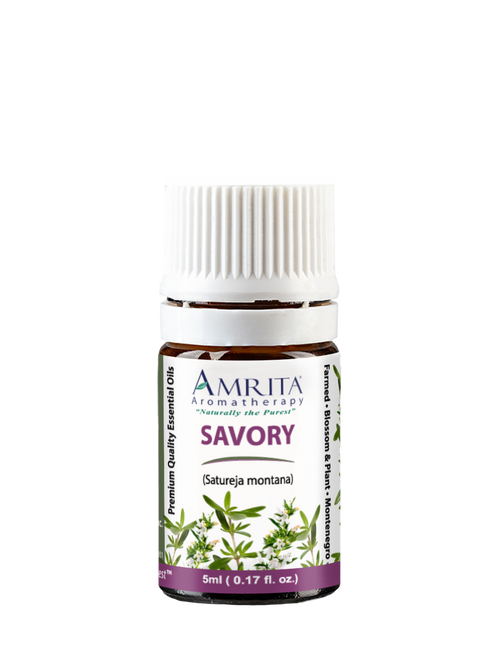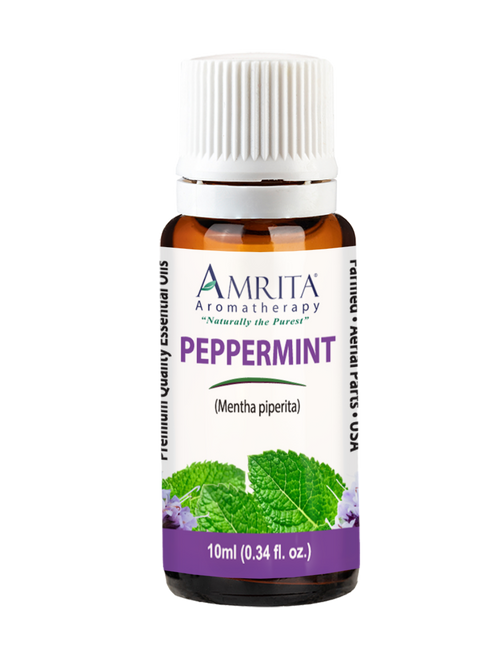- Other Names
- Aniseed and Anix
- Farming Method
- Farmed/Conventional
- Plant Part
- Seed
- Country of Origin
- Spain
- Application Method
- Diffusion, Inhalation, and Topical
- Scientific Name
- Pimpinella anisum
- Extraction Method
- Steam Distilled
Anise Essential Oil supports one's respiratory system. It is said to alleviate asthma, coughing, and congestion. It has a delicious aroma like that of moist licorice candy and is a treat for the senses!
About the Plant:
Anise is an annual herb that grows less than 3 feet high, whose seeds smell and taste like mouthwatering licorice candy. The seeds are used both for culinary and medicinal purposes, as well as distilled to make Anise Essential Oil.
Where It Grows:
Anise
Traditional Uses and Lore:
The appetizing scent of Anise is unmistakable. Traditionally added as a distinctive flavor to desserts, candies, and digestive liquors, the culinary use of Anise allows its digestion-boosting effects to shine. Anise is versatile in both sweet and savory dishes.
After indulging in a particularly heavy meal, the Romans used to eat cake made from Aniseed to help alleviate any indigestion caused by overeating. It has been recommended for bronchitis and asthma caused by bronchial spasms. The sweet and stimulating anisette liqueur is a popular after dinner treat. Its intoxicating aroma lends a lovely perfume to the breath.
- Suppresses Spasms
- Clears Mucous
- Antiseptic
- Check out the tabs below to learn more about Anise
Topical Application (for use on the skin):
- Overall Topical Application: Dilute up to 1% (5 drops essential oil to a tablespoon of carrier oil) for the following and apply on affected areas:
|
|
Diffusion / Inhalation (add a few drops to a nebulizer or nasal diffuser):
- Respiratory System:
- Mucous Congestion
- Asthma
-------------------------------------------------------------------------------------------------------------------------------------------------------------------
Blends Well With:
-------------------------------------------------------------------------------------------------------------------------------------------------------------------
Safety Precautions:
-
- Anise is a known skin irritant
- Caution is recommended in topical use.
- Concentration should be a maximum of 1%.
- It should be tested first for skin compatibility.
- It also has narcotic properties.
- Avoid during pregnancy.
- Anise is a known skin irritant
General Safety Precautions:
-
- Use essential oils only in diluted form on the skin and never internally.
- Always be careful when using essential oils with children.
- Give them only low doses, or better, consult a qualified aromatherapy expert before using.
- Use essential oils with care and only under the proper guidance of an expert while pregnant or if you have liver damage, epilepsy, cancer, or other serious health problems.
Anise is known to many as the sweet, licorice-scented seed that is often an ingredient in European cookies, licorice candy, anisette liqueur, and foods from around the world. Anise seed is often found in foods because of its toning effects on digestion. Removing intestinal gas is one such benefit that explains the Anise herb's wide culinary use. It also has estrogenic effects, which help lactating mothers increase milk production.
Another wonderful feature of Anise is its ability to stop spasms. This, in combination with its mucus-expelling effects, makes the inhalation of Anise Essential Oil helpful for those suffering from asthma.
Anise can be applied topologically to ease digestive discomfort and to increase lactation. In this case, it needs to be tested for skin compatibility and highly diluted.
The following is a list of conditions which Anise Essential Oil addresses by category:
|
|
Bottles are filled by volume. Some bottle sizes may not be filled to the top, but do contain the volume of oil specified.
|
Click the links below to view GC Analysis:
|
Click the links below to view CoA Analysis:
|
|
Click the link below to view Safety Data Sheet (SDS): |











